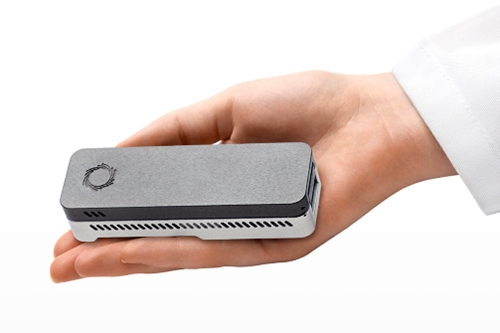15 May 2015. University of Oxford in the U.K. is creating a capital investment fund to help launch spin-off companies based on research from university labs. The £300 million ($US 472 million) fund will be managed by a new enterprise, Oxford Sciences Innovation plc, which will be the university’s preferred capital financier for businesses generated from science, engineering, and mathematics discoveries.
So far the fund attracted some £210 million from six investors: Invesco Asset Management Limited, IP Group plc, Lansdowne Partners (UK) LLP, Oxford University Endowment Fund, the Wellcome Trust, and Woodford Investment Management LLP. The fund expects to raise the remaining £90 million by the end of 2015.
Oxford Sciences Innovation is chaired by David Norwood, founder of IP Group plc that has an 18 percent stake in the enterprise. IP Group plc is an intellectual property commercialization company that says it so far helped finance and build some 20 spin-off businesses from Oxford.
The university is contracting with Oxford Sciences Innovation as its preferred financier for new companies created from labs in its mathematics, physical sciences, life sciences, and medical sciences departments. Isis Innovation, the university’s technology transfer subsidiary, is a partner in creating Oxford Sciences Innovation, and is expected to collaborate with the new entity in bringing new research discoveries to market.
Isis Innovation says it helped create some 100 new enterprises since the year 2000, with 5 of those companies listed on the AIM, a division of the London Stock Exchange for emerging businesses, and 2 companies on the NASDAQ. Among the companies created from University of Oxford labs is Oxford Nanopore Technologies, a developer of portable disease surveillance systems that analyze DNA from blood samples in the field. In March 2015, the company published research showing its MinIon hand-held sequencing device is able to identify a number of bacteria and viruses, and discriminate between closely related species in about 6 hours.
Oxford Nanopore was founded in 2005, which licensed its technology from research by Oxford biochemistry professor Hagan Bayley. The company’s technology is based on straining and isolating individual DNA strands through nanoscale pores in a membrane that allows for electronic sequencing processes to identify the base components of DNA passing through the pore. These nanopores were originally formed in proteins in a lipid membrane, but the company since introduced synthetic materials for nanopores, including graphene.
Read more:
- New Company Founded to Develop Centimeter-Accurate GPS
- Cancer Therapy Spin-Off Gets $2M Small Business Grant
- Purdue Spin-Off Designing Customized Synthetic Tissue
- $150 Million Raised for NYC Life Science Start-Ups
- Illumina Adds $40M for Genomic Accelerator Start-Ups
* * *


 RSS - Posts
RSS - Posts
You must be logged in to post a comment.